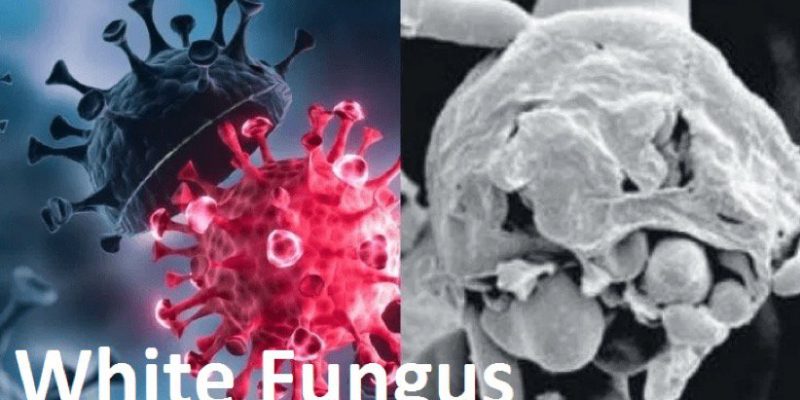– Dr Mohini Daultani

Introduction
With the world reeling under the throes of a submicroscopic, enigmatically animated infectious particle – the novel coronavirus- we now have to contend with another hitherto not so common opportunistic foe, the so-called ‘Black fungus and White Fungus’ infection.
As different states continue to notify black fungus or mucormycosis as an epidemic, a new infection called White fungus .i.e. Aspergillosis has also raised alarms among the health authorities. These new cases have been reported in Patna, Bihar, and according to reports by health officials, this infection appears to be four times more dangerous and lethal than black fungus.
What is white fungus?
White fungus, also known as Aspergillosis, is caused by aspergillus and is a serious fungal infection.
According to the Centre for Diseases Control and Prevention (CDC), white fungus mimics "Mucormycosis”, in spreading slowly, causing blindness, organ dysfunction, loss of body tissue and can reach the lungs of patient.
Researchers have stated that fungi are mainly differentiated as invasive or noninvasive.
Both mucormycosis and aspergillosis are opportunistic invasive fungal infection affecting people with weakened immune system.
What are the causes of white fungus?

Signs of white fungus

Symptoms of white fungus

Who is at risk?
According to CDC, people who are at high risk for developing this infection include those who:

The report said a white fungus infection may be risky for pregnant women and children.
How does it spread within the body?
White fungus begins from tongue or private parts due to which it makes the tongue white. It can normally live inside the body, in areas like the mouth, throat, gut, and vagina to cause an infection. It then spreads to other organs along with nail, skin, stomach, kidney, brain, mouth and genital areas.
Is white fungus contagious?

There exist some species of the fungus that cause this infection on the skin. In such instances of external infection, the fungus can possibly be transferred from the patient to another individual who is at risk
How to prevent black & white fungus?

What investigations are to be done?

Only CT scans or X-Rays can reveal and completely confirm the white fungus infection.
What should be the treatment plan?
According to health department officials, all patients who are infected with white fungus should be examined carefully, perhaps with their phlegm or mucus, to detect the extent of fungal infection in their body.
After detection of the white fungus infection, antifungal medications like Voriconazole have been used to treat the patients, and they have led to an improvement in their condition. Institution of Amphotericin-B injection as an antifungal medicine has also helped in few cases. The type and dose of antifungal medication used to treat white fungus will depend on the patient’s age, immune status, location, and severity of the infection.
The treatment of severe fungal infection requires a multidisciplinary approach consisting of eye surgeons, ENT specialists, general surgeon, neurosurgeon and oral maxillofacial surgeon.




















Comments